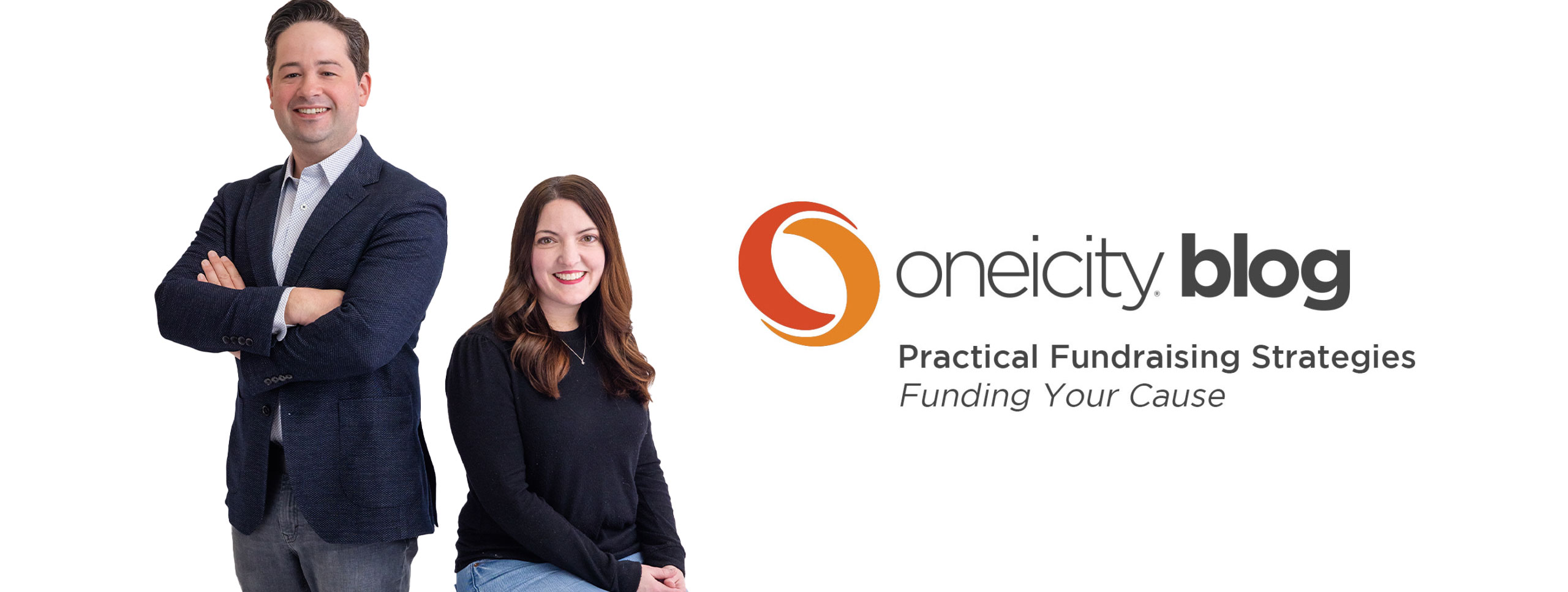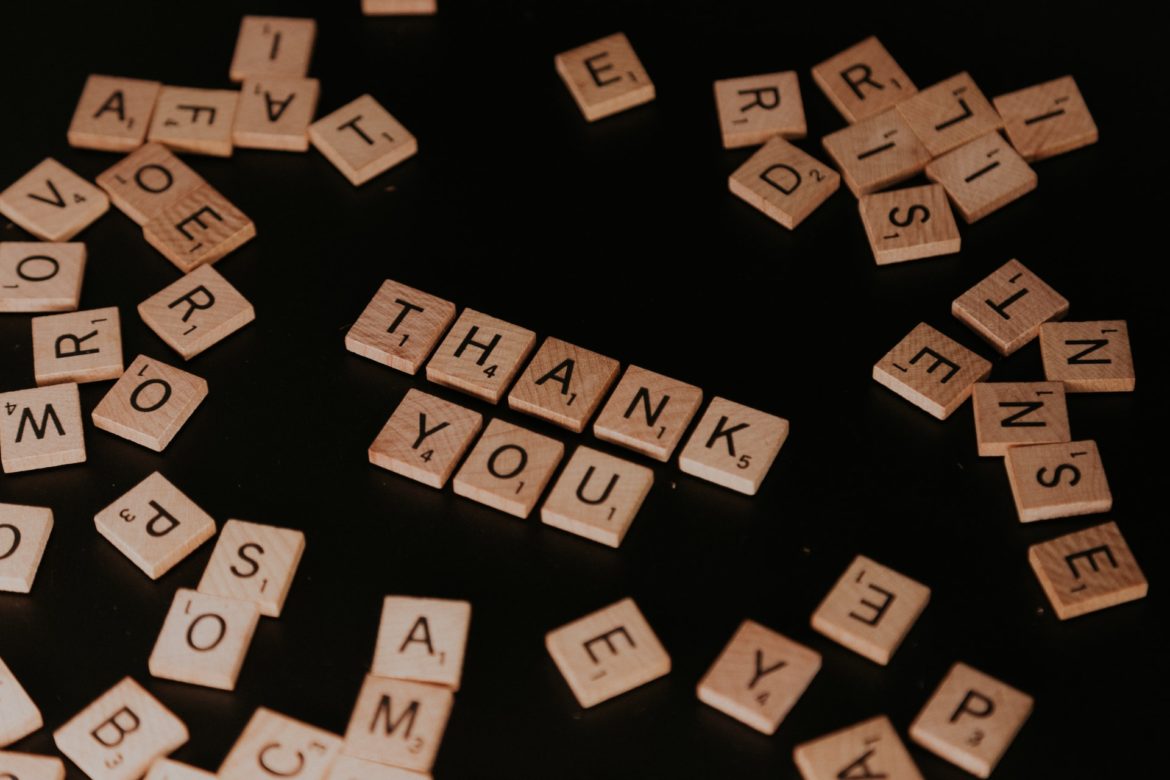When a donor gives to support your cause, you provide a receipt and a thank you. That’s sometimes called a gift acknowledgment. It’s what every nonprofit and ministry does. Really, that’s a basic.
The reality is that you’ll never stand out if this is all you do for your donors.
In today’s world, you have to go above and beyond the basics to keep your donor’s attention.
So how do you make sure you connect powerfully with donors through your thank you process?
Receipting is an accounting process (sometimes it’s described as “gift acknowledgment). You can make it relational, and you should, but this communication is primarily about confirming the gift amount, the date the gift was received and what fund (or account) the gift was credited to. This is all record keeping. It’s not usually a donor-cultivation tool.
Your thank you (or as I’ll encourage you to think about it: your donor’s gift validation) can combine elements of a receipt or acknowledgement. What you shouldn’t do is limit this communication to only the words “Thank You” and that accounting stuff. If you do, you will miss out on an opportunity to connect with your donors.
Here’s how to stand out from the crowd and keep your donors’ attention and focus.
Stop focusing on only “thanking” donors.
Yes, yes. Don’t worry. You can certainly say those 2 words: “Thank you.” But those 2 words aren’t magical. “Thank You” is not enough. Thank you is a bare minimum, and minimums won’t stand out. Most of your donors are giving to other charities and nonprofits. They have many voices trying to gain their attention and working hard to win their hearts and dollars. So once a donor gives, you can’t assume they’re “yours.”
(No donor is ever “yours.” While they may love what you’re doing and want to support your efforts, they aren’t yours. And they don’t think of themselves as “yours.”)
Most are constantly considering how they can use their resources to improve the world. So they are looking at other nonprofits and evaluating where to give. You must focus on continuing to win their hearts. A “Thank You” is basic.
The fundamentals of gift receipts and acknowledgements.
Thank yous must be prompt. The basics for the minimum thank you are speed, accuracy and clarity.
1. Speed. Immediate (think 1 minute) is best for online gifts. That’s easy to automate. Your online gift processor will probably have that built in. For other gifts that come via the mail, an event or in person, make sure you are responding to their gift in less than 48 hours.
2. Accuracy. Get their name, address and other information correct. Make sure their gift amount is correct.
3. Clarity. State what the gift is for. Was it to a specific appeal? Was it for a specific need? Think back to what you asked them to do and make sure you are clear with them about what their gift is doing.
These basics will help. But they are just the basics. If you want to stand out, you have to do more. You can separate these next two steps from your basic thank you. You don’t have to do them as quickly as the gift receipt. It’s ideal if you can communicate the validation communication within a few weeks of the donor’s gift.
Instead of focusing on thanking the donors, validate their decision to give a gift.
Remind the donor that their gift was a good decision. It’s not that the donor is doubting that they made a good decision. You are reinforcing that not only was it a good decision, their gift made a difference. Consider what you could say or point to that the donor would nod their heads and say: “OK, my gift did what I hoped. My gift changed something. My gift was used as I expected.”
Instead of just thanking the donor, describe how the donor’s gifts made an impact.
Donors want to do something in the world. What difference did their gift make? What changed? Whose life is better? How is it better? Can you quantify the difference? Can you point to specific concrete changes? Can you describe an individual or family whose life or day or future is different? Thanking a donor answers none of these questions. Thanking is what everyone does. Validating and describing impact helps you stand out and will help you get another gift from the donor.
Consider using this as a model for your thank yous.
Dear donor. Your gift of $X to do this thing had this impact because of this reason.
Great donor validation and gift impact descriptions might look like this:
Dear Mr. Donor,
Your gift of $50 to feed people experiencing homelessness made it possible for everyone who comes to us to receive a good hot meal on a cold winter night. Brian, an Iraqi war vet who’s been living in a tent by the river, enjoyed his first hot meal in a week. While he was here, he spent time talking with one of our intake counselors about coming into the shelter and joining our fresh starts program.
Dear Ms. Donor
Your gift of $5,000 on January 2nd to help provide scholarships for disadvantaged students allowed 5 young adults from Bloomington to have the opportunity to complete their first year of university. Joseph, one of the scholarship recipients, told us this to describe the difference it made in his life: “Thanks to this program, I can concentrate on my studies and not worry about how I can pay my tuition bills. I’ll be the very first person in my family to complete even one year of university study.”
Dear Mr. and Mrs. Donor,
Your recent gift of $500 to provide safe shelter for women who have fled domestic violence allowed us to provide a place in our program for a 38 year-old mom who was discharged from the hospital due to injuries she received from her abuser. She has no family in our area and would have had to spend the night in her car if we hadn’t admitted her. She is profoundly grateful to have a moment of sanctuary from the violence she lived with every day. We are working with her to develop a specific plan to help her start her new life and get back on her feet.
Note that in each of these examples I focus on one person who benefited. That’s a key strategy. While the size of the gift may have benefited many, always focus the donor’s attention on 1 person, 1 family, 1 situation. Donors focus best on one.
Oh. and you should always provide a method and suggestion for the donor to give a gift from this communication. Yes. Gently ask for another gift. If you’ve done the validation powerfully, many donors will respond with another gift.
If you want to stand out from the crowd and keep donors focused on your cause, don’t think about thanking donors, validate their gifts and describe the impact.
You and your donors will love what happens when you do.
I’d love to know what you think. You can always email me at sthomas AT oneicity DOT com
If you’re not getting our email newsletter with information about this blog, you’re missing out on some of the good stuff. If you wonder what the newsletter is about, you can find the archive here. You can sign up here. Have no fear, I’ll never sell you out or spam you.

